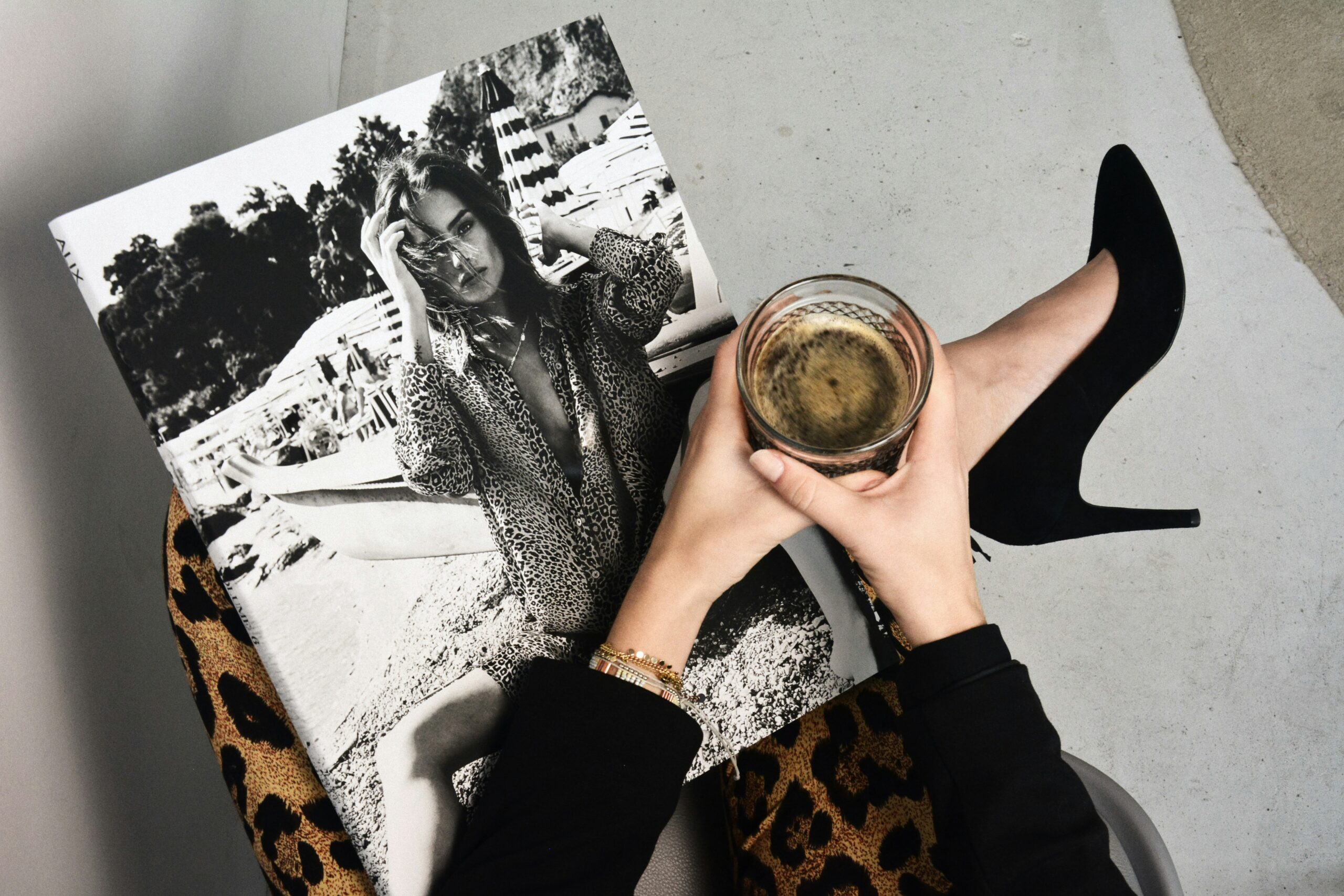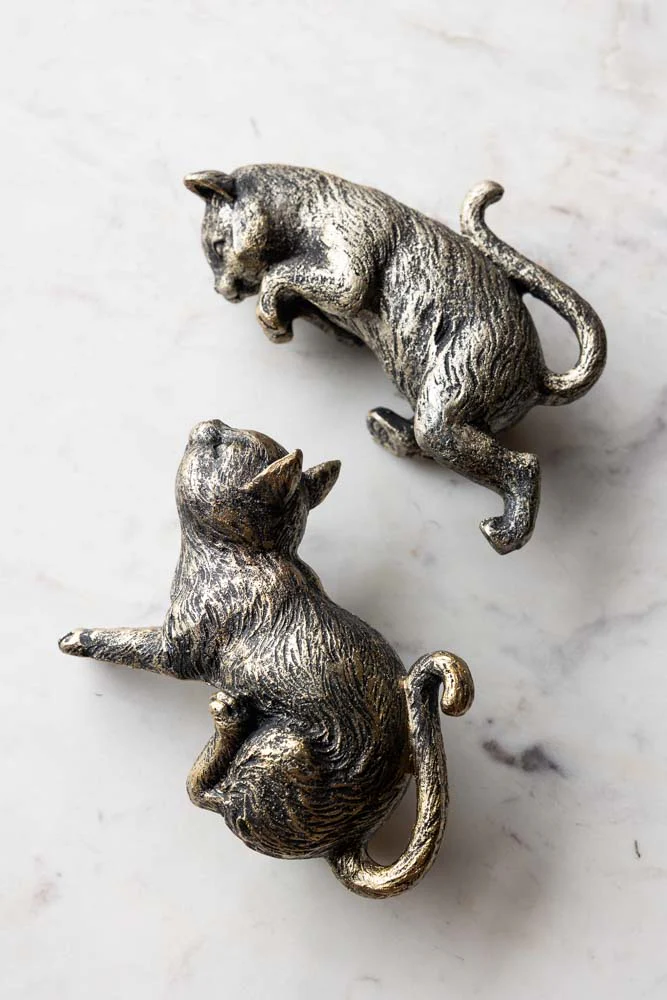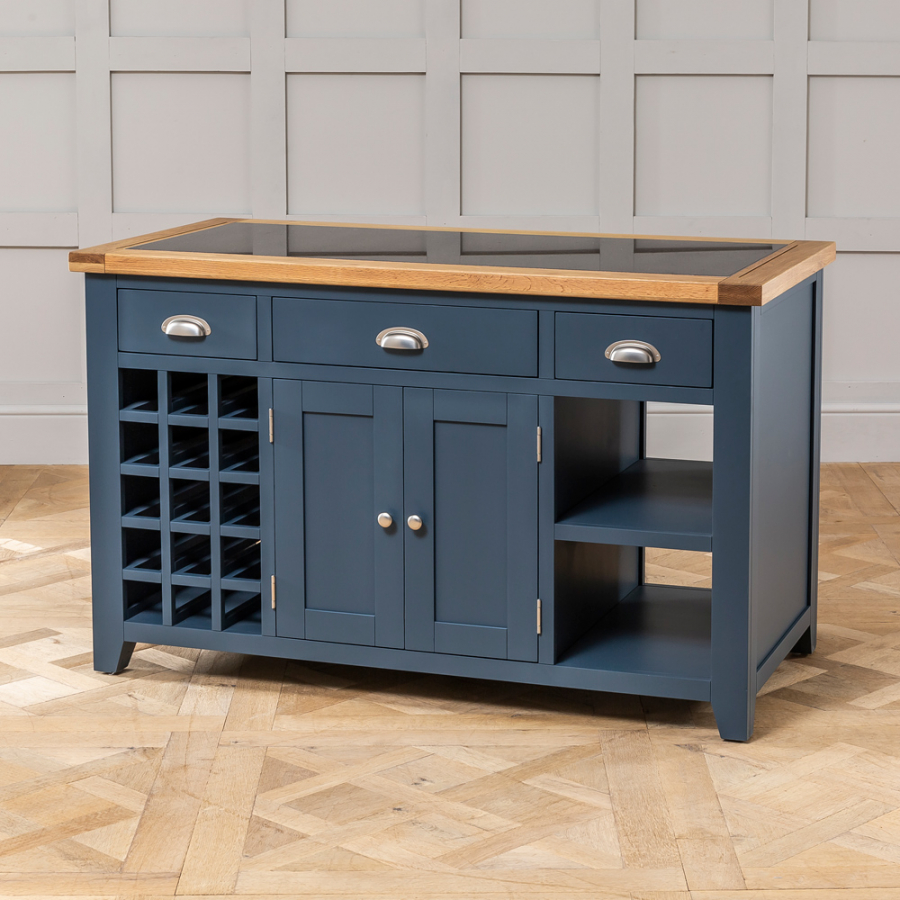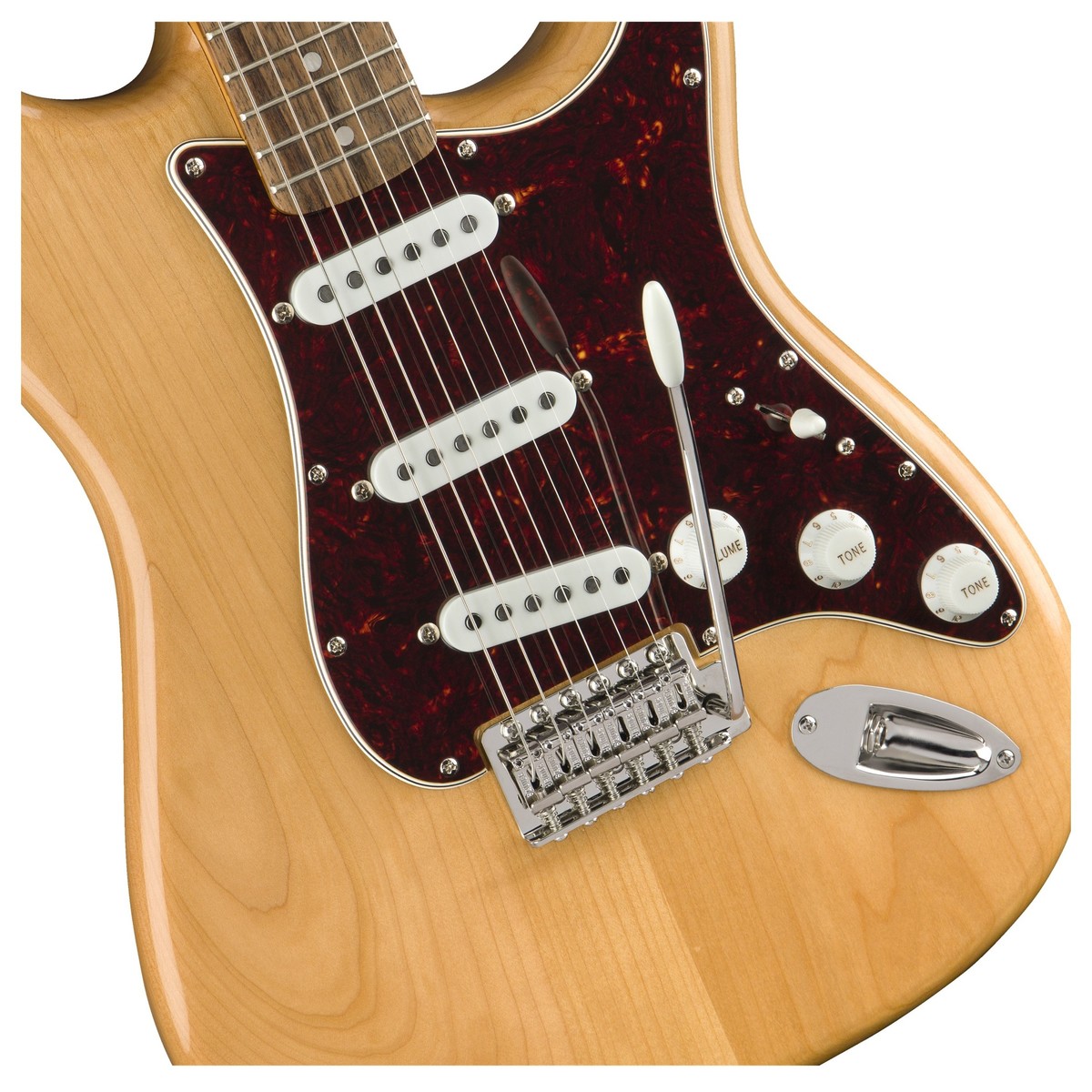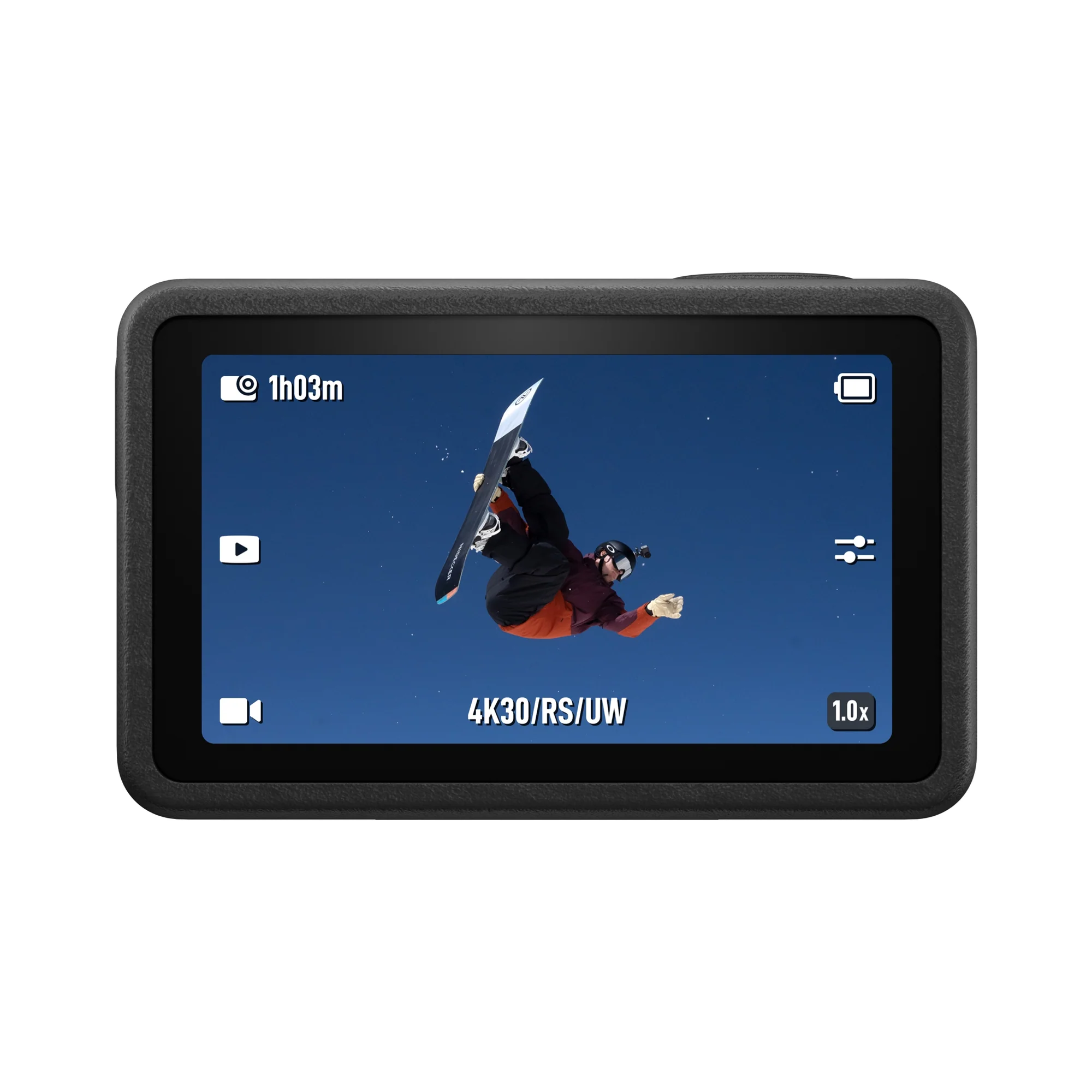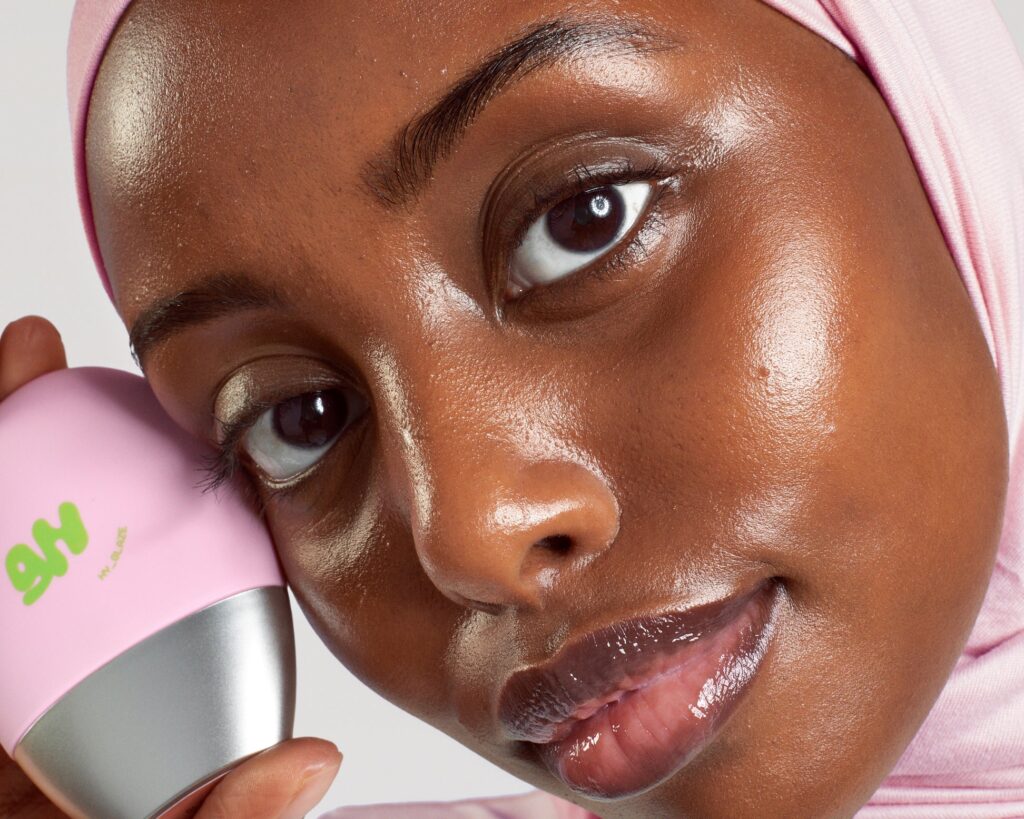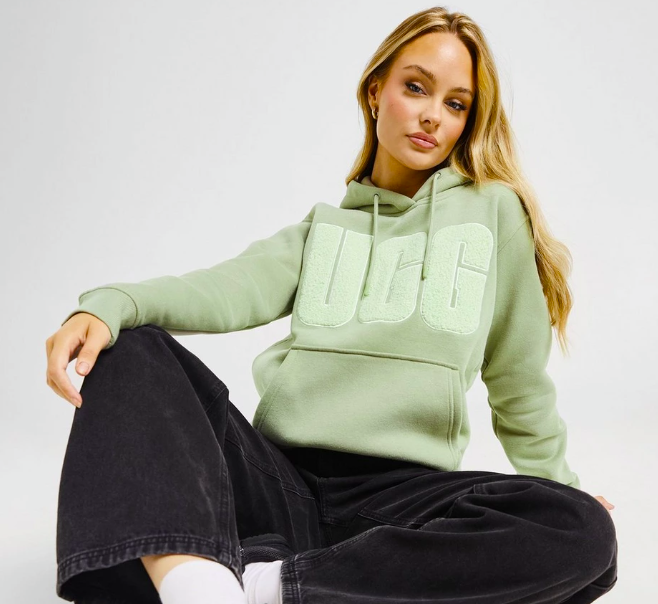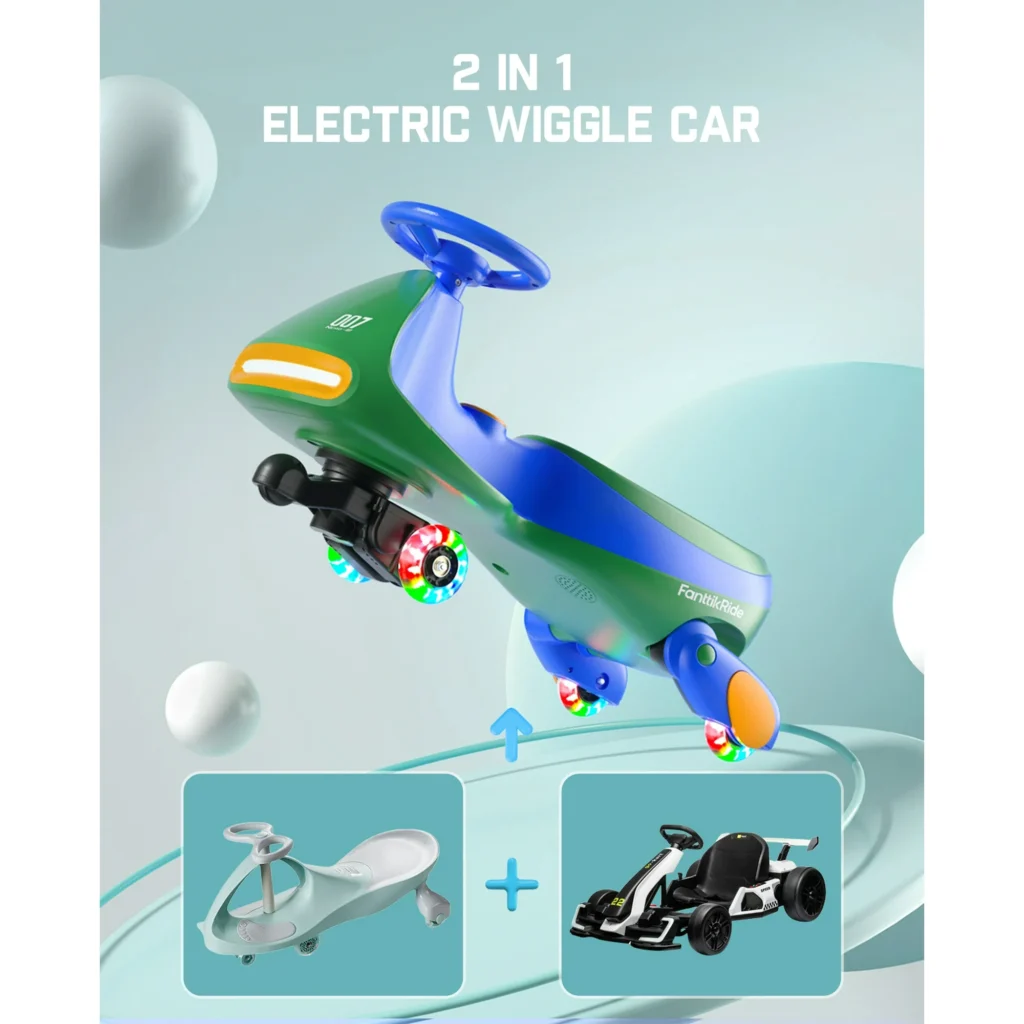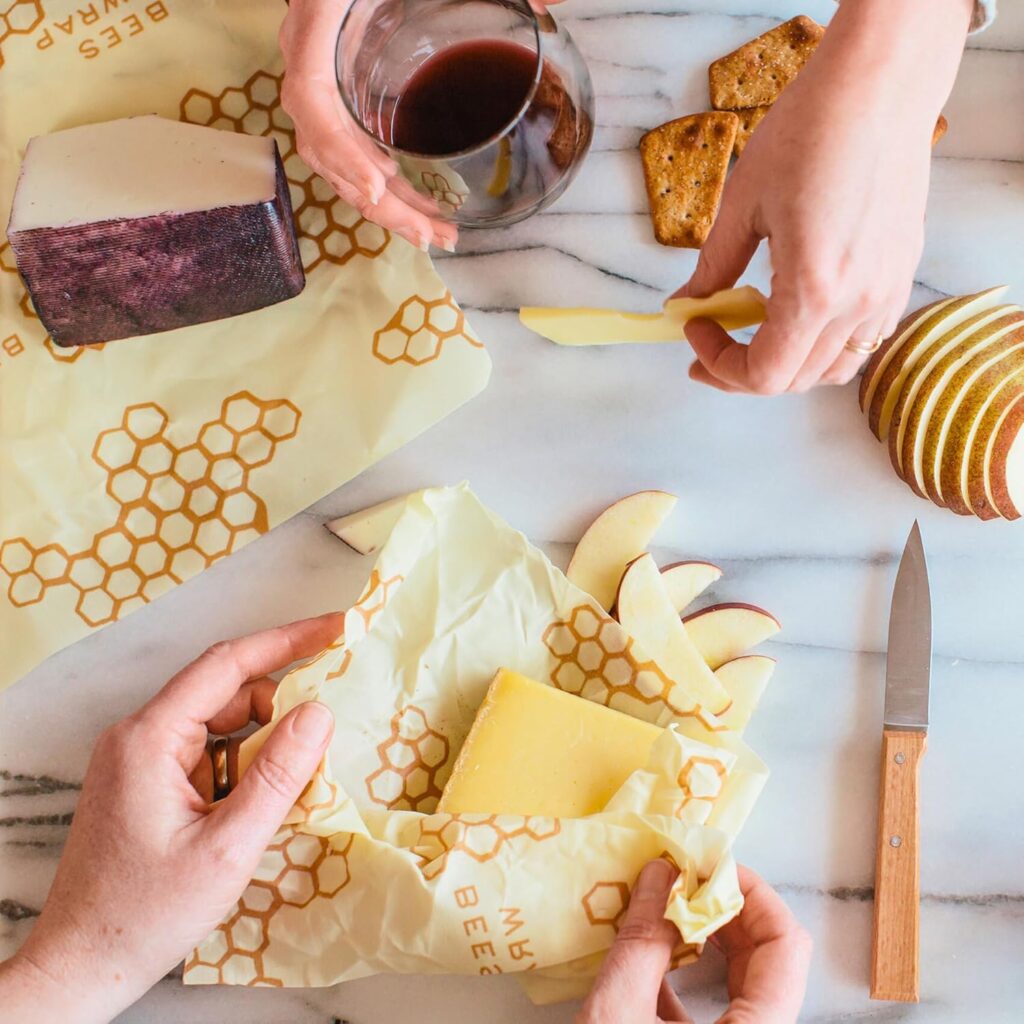Modern training asks your whole body to participate, not just your quads and glutes. Your feet are part of that conversation. The Motus Strength Women’s is built around that idea: wide toe box for splay, flexible sole for ground feel, and a stable, zero-drop platform that lets your body stack naturally from foot to hip to shoulder. If you’re curious about barefoot-style shoes but want enough protection to lift, lunge, and move through real life, this guide is for you.
In this article, you’ll learn how to pick the right size, transition from cushioned sneakers without wrecking your calves, adjust form for compound lifts and plyometrics, style the shoes beyond the gym, and keep them fresh with easy maintenance.
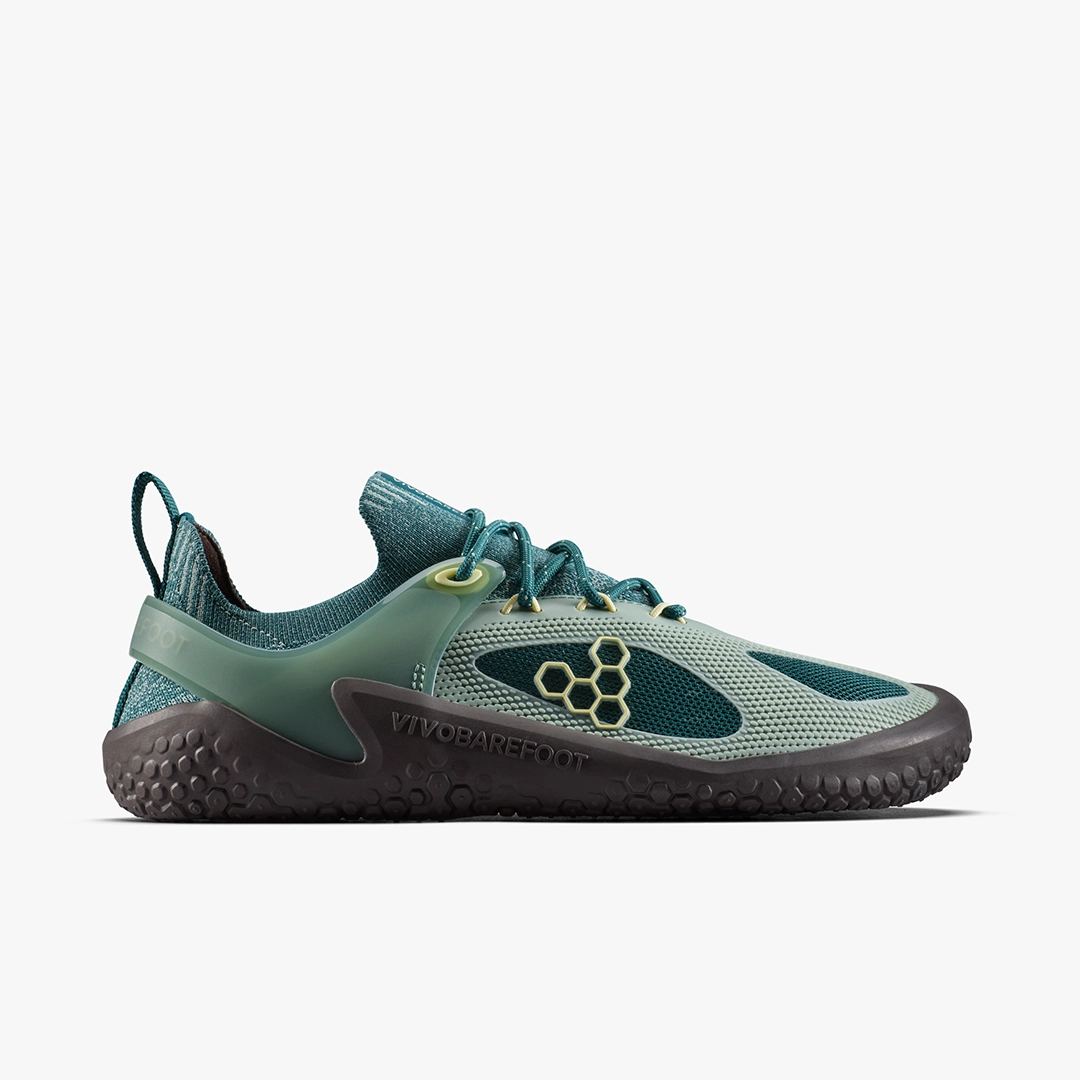
What “Barefoot-Style” Actually Means (and Why It Matters)
“Barefoot” doesn’t mean unprotected. It means the shoe gets out of the way so your foot can do foot things—spread, sense, stabilize—while a thin, durable outsole shields you from rough surfaces. The Motus Strength Women’s sits on a zero-drop platform, so your heel and forefoot are on the same level; that reduces artificial forward pitch and encourages a more stacked posture. The toe box is wider than fashion trainers, giving your toes space to fan out and grip during squats, deadlifts, and cutting movements. Flex grooves in the sole let your midfoot articulate, transmitting cleaner signals up the chain. The result is a “quietly awake” feeling: you can tell where you are on the floor, and you correct faster if you drift off line.
Sizing & Fit: Secure Heel, Free Toes, Happy Arches
Getting the fit right is the difference between “interesting experiment” and “these are my daily shoes.” The goal with Motus Strength Women’s is a locked-in heel and midfoot with millimeters of wiggle at the toes. Stand tall, then rock forward onto the balls of your feet; the big toe should not slam the front. If you’re between sizes, many lifters prefer the longer option for toe splay under load, while runners who plan short, technique-focused sessions may prefer the snugger length to keep the forefoot anchored on lateral drills. Wear your intended gym sock when trying on—thin, breathable socks keep the proprioceptive magic intact and reduce moisture build-up.
Keep laces firm over the instep and slightly looser at the forefoot. If your arch feels “lost,” that’s normal at first—your intrinsic muscles will learn to provide shape from the inside rather than outsourcing to foam. Expect a week of novelty as your skin and fascia meet a more truthful floor.
Transition Plan: From Cushioned Trainers to Natural Movement
Most people get in trouble by doing too much, too soon. Barefoot-style doesn’t punish you if you respect biology. Your calves, Achilles tendons, and plantar fascia will adapt beautifully if you let them.
Start by wearing Motus Strength Women’s for warm-ups, mobility work, and accessory lifts rather than every high-impact move on day one. Add short, technique-focused blocks: goblet squats, farmer’s carries, dead hangs and scapular pull-ups, step-downs from a low box. If you’re a runner, limit early sessions to drills—marches, high knees, A-skips—rather than mileage. After a week or two, expand into moderate sets of compound lifts; after three to four weeks, you can incorporate light plyometrics if your calves and arches feel springy rather than sore. When in doubt, leave some adaptation on the table for next week. Strength is patient.
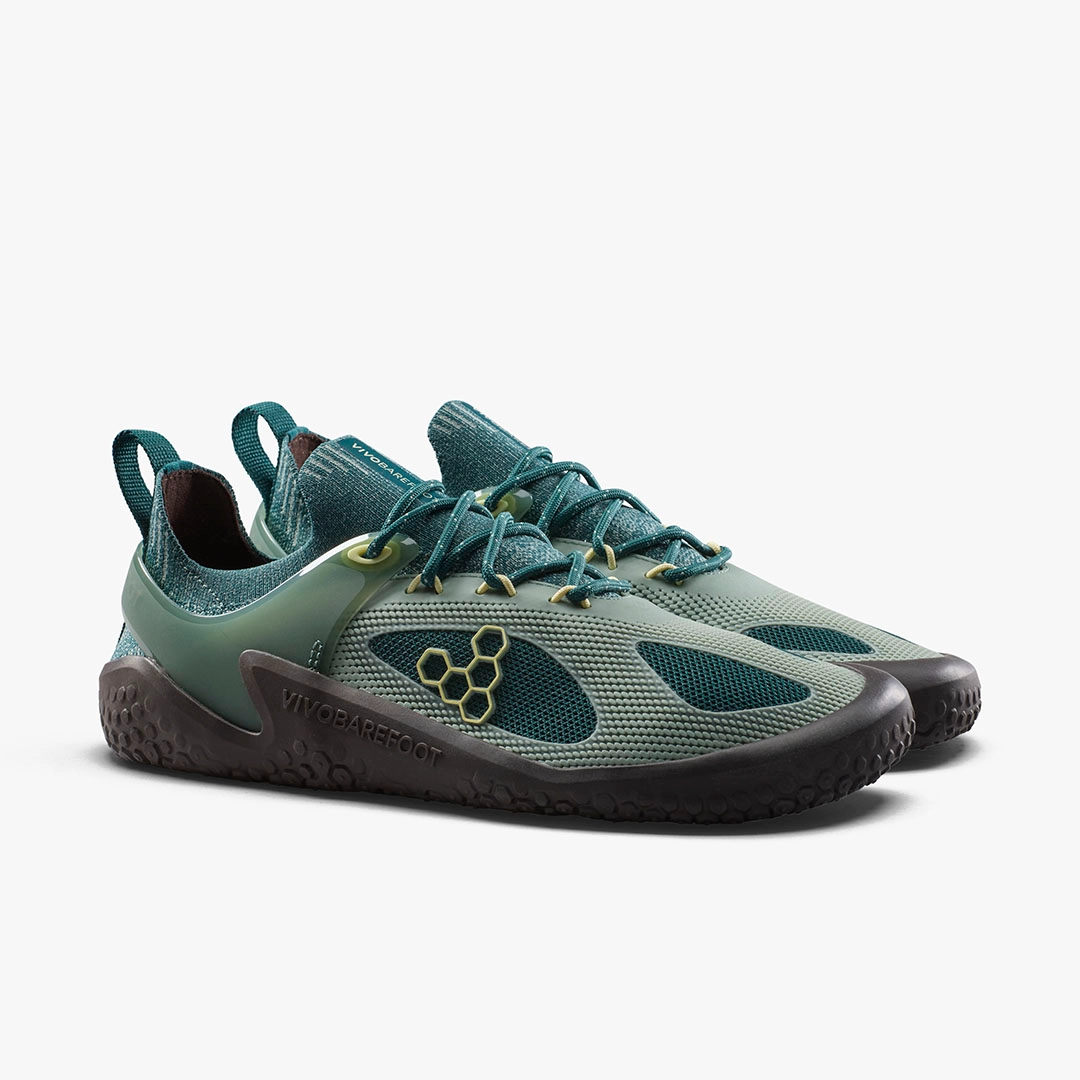
Technique Tweaks That Pay Off Immediately
A flat, flexible shoe exposes both the good and the sloppy in your form—this is a feature, not a bug. In squats, think “tripod foot”: big toe, little toe, and heel sharing the load. Feel the ground under all three points, then spiral your knees slightly out to create hip space. The wide toe box of Motus Strength Women’s helps this happen without cramping your forefoot. In deadlifts, the zero-drop base cues you to wedge, not rock; you’ll sense the floor earlier and pull with more consistency from rep to rep. For overhead presses, the stable contact patch gives you a cleaner line from foot to wrist, which often translates into smoother lockouts.
Plyometrics tell the truth fast. Land quietly with soft knees and a kiss of heel contact after the forefoot finds the floor—think “roll, don’t stab.” Because the sole is thinner, you’ll feel timing errors immediately; use that feedback to reduce ground time and align ankles under hips before the next takeoff. If you love lateral work—skaters, shuffles, cuts—the flexible sole helps the foot slingshot you back to center rather than skidding on a stiff platform.
Strength Workouts That Love a Barefoot Platform
The shoes shine where stability and feedback matter. A push–pull–carry day is a perfect test: deadlifts or trap-bar pulls, single-arm rows braced on a bench, and heavy farmer’s carries for posture. You’ll notice the carries feel different; your feet can “steer” the load so your upper body stays calmer. On squat days, try tempo work—three seconds down, one second pause, drive up—so the feet have time to organize. Accessory circuits like Bulgarian split squats, reverse lunges, and calf-raise variations help build resilient lower legs that make plyos and runs feel easier a month from now.
Everyday Wear: Why They Don’t Have to Live in Your Gym Bag
Once you realize how much calmer your knees feel when your feet can work, you may start wearing Motus Strength Women’s for errands, school runs, and office days. The aesthetic is clean—sleek upper, minimal branding, low profile—so they read as modern sneakers rather than “gear.” Pair them with straight-leg jeans and a compact crewneck, or with tailored joggers and an oversized trench. If you walk a lot on concrete, alternate with a slightly cushioned pair one or two days a week so tissues get recovery time; adaptation happens during rest as much as during loading. For travel, the shoes pack flat, move through security quickly, and turn airport gates into mini mobility sessions when you’ve been sitting too long.
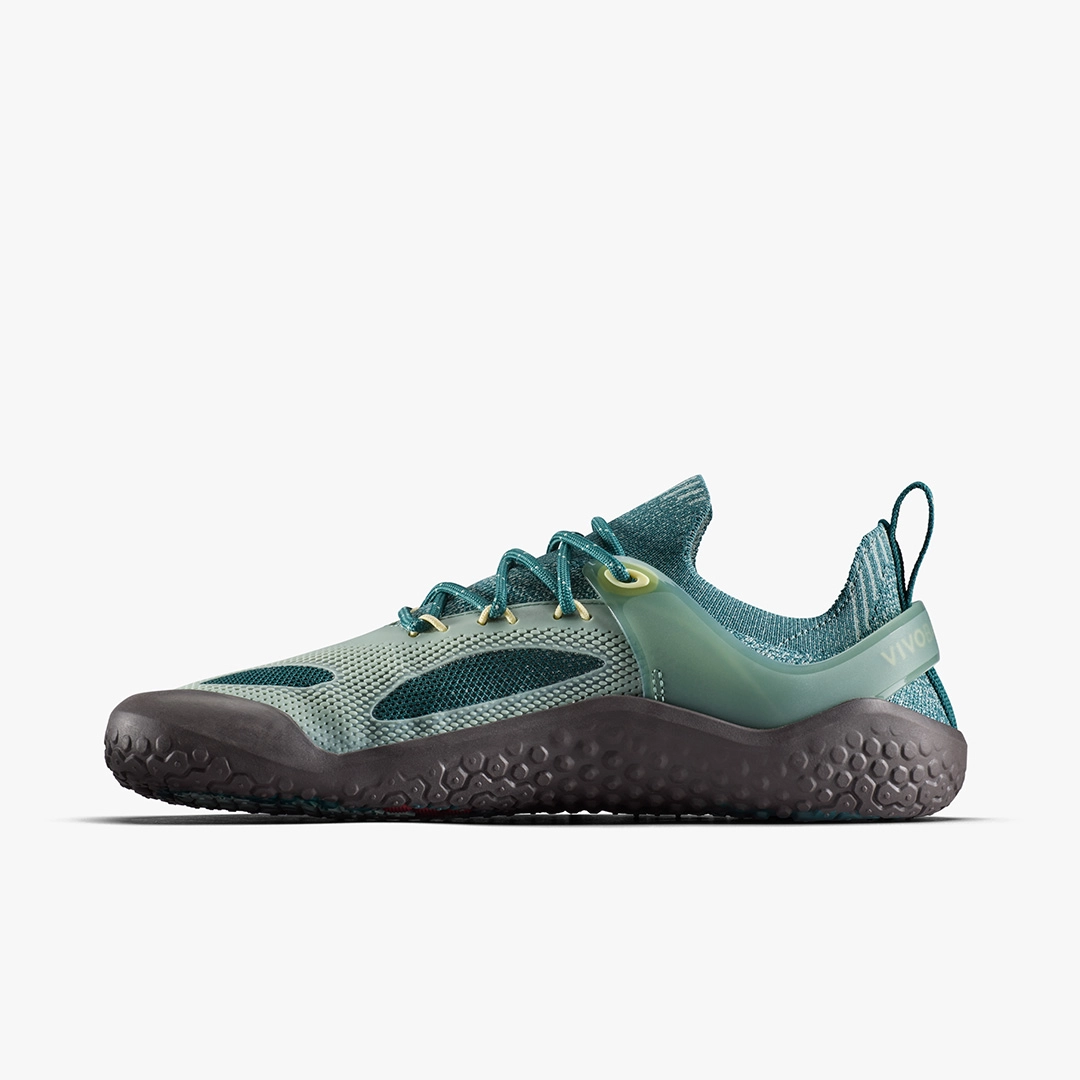
Comfort Architecture: What You’ll Feel in Week One vs. Week Six
The first week is sensory—more floor, more feedback, a new relationship with your calves. You may notice tiny stabilizers in your feet and hips “wake up” as you balance on one leg to tie your laces. By week three, you’ll catch yourself naturally spreading your toes before lifts; by week six, your gait often looks quieter, with less heel thud and more controlled midfoot roll. If you’ve battled toe squeeze in fashion trainers, the roomy forefoot feels like exhaling after a long meeting. People with wide feet usually feel the difference first; people with narrower feet often appreciate the adjustable lacing and the way the midfoot wrap hugs without suffocating.
Socks, Insoles, and Foot-Care: Tiny Choices, Big Comfort
Thin, breathable socks are your friend for training days; they reduce moisture and keep ground feel high. If you’re new to zero drop and your arches fatigue, a slim, temporary insole can help during the first two weeks—but aim to phase it out as your intrinsic muscles strengthen. After heavy sessions, treat your feet like you treat your shoulders: a lacrosse ball under the arch, big-toe extension stretches against a wall, and calf eccentrics off a step. A little care here pays back with better jump landings and fewer grumbles during long walks.
Care & Cleaning: Keep Them Training-Ready
Minimalist shoes are simple to maintain because there’s less to baby. Brush off dust after outdoor sessions, then wipe the upper with a barely damp microfiber and mild soap if needed. Let them air-dry away from direct heat; the materials will keep their shape better. If your pair gets drenched in rain, stuff with paper overnight to pull out moisture. The outsole appreciates a quick once-over to remove embedded grit—better traction, longer life. A faint deodorizing spray after high-sweat days keeps the interior fresh; rotating pairs across the week helps foams and textiles rebound.
Safety & Common-Sense Boundaries
Barefoot-style doesn’t mean ignoring context. If your gym floor is slick, test your stance before going heavy. If you have a history of plantar fasciitis or Achilles issues, extend your transition window and consider alternating sessions with your previous trainers. If you train outdoors on cold mornings, remember that thin soles transmit temperature; warm up feet with light skipping or marches before plyos. And if your workplace requires protective footwear, keep Motus Strength Women’s as the shoe you change into for movement breaks and the commute.
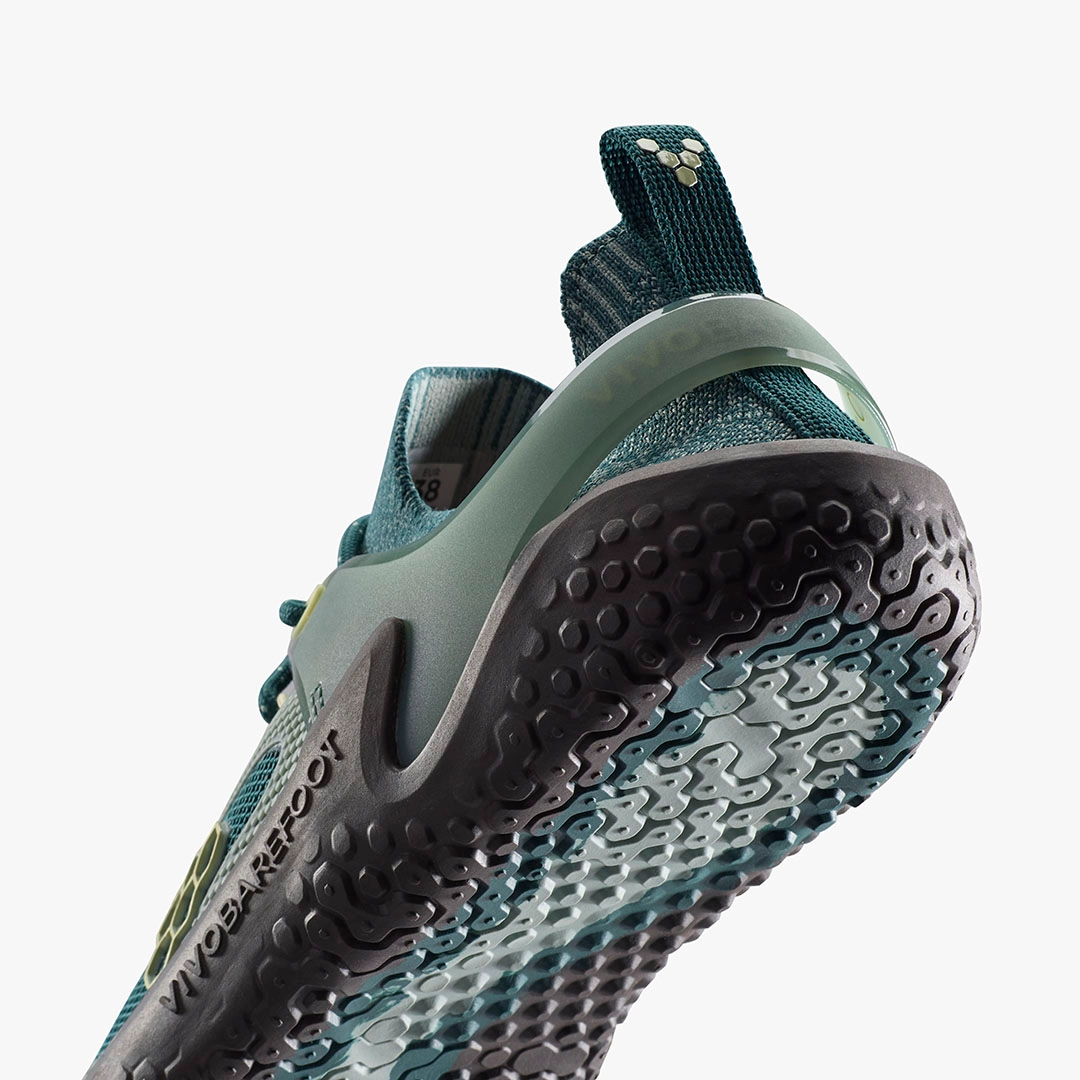
Style Notes: Wearing Them Outside the Gym Without Looking “Sporty”
Lean into clean lines. The low profile pairs naturally with cropped trousers, column dresses with a track-zip jacket, or a monochrome sweatsuit layered under a long coat. The silhouette works best when the hem finishes at or just above the ankle bone, showing the shoe’s shape. If you want a slightly dressier read, choose tonal socks and keep accessories structured—a leather crossbody, a narrow belt, minimal jewelry. The effect is “modern utilitarian,” not “post-workout.”
Conclusion
Building strength from the ground up is not a metaphor—it’s mechanics. The Motus Strength Women’s gives your feet the space and signals to do their job, then gets out of the way so the rest of you can lift, jump, and walk with better control. Start with a precise fit and a patient transition, let the shoe’s feedback refine your form, and keep maintenance simple. In a few weeks, you’ll notice quieter footfalls, steadier lifts, and a surprising side effect: everyday shoes that once felt “normal” might feel clumsy by comparison. That’s not hype; it’s your body enjoying a clearer connection to the ground.
FAQ
- Are Motus Strength Women’s good for heavy lifting?
Yes—zero drop and a flexible yet stable sole create a predictable base for squats and deadlifts. Many lifters prefer the wider toe box for splay under load. - Can I run in them?
They’re great for technique drills and short, form-focused runs. If you’re coming from cushioned trainers, build up slowly and prioritize cadence and quiet landings. - What if my arches feel tired?
That’s a sign of adaptation. Shorten sessions for a week, add calf eccentrics, and consider a temporary thin insole; phase it out as strength improves. - How do they compare to flat lifting shoes?
Lifters are flat but often stiffer. Motus Strength Women’s adds flexibility and ground feel, which many athletes prefer for accessory work and dynamic sessions. - Do I need special socks?
No—thin, breathable socks work best. For high-sweat sessions, performance fibers help. Barefoot is fine if your gym allows it and your skin is accustomed. - Will they stretch out?
Uppers soften slightly with wear but should not bag if you start with a secure heel fit. Lace tension is your micro-adjustment tool. - Are they okay for all-day wear?
Often, yes—ease in over a week. Alternate with another pair if your calves get chatty during long concrete days. - How do I clean them after muddy sessions?
Let mud dry, brush off, then wipe with a damp cloth. Avoid harsh heat; air-dry stuffed with paper for shape.




